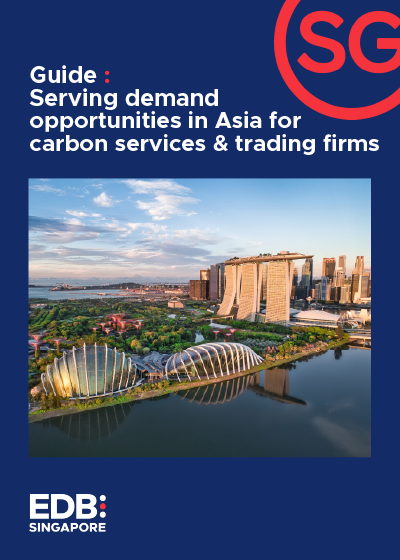A passing fad?
Some have questioned whether shifts in global climate policy and ongoing trade uncertainties might mean that sustainable finance is losing its relevance. However, this is far from the case.
While recent changes in trade policies may complicate supply chains for technologies like electric vehicles and solar panels, these challenges are also prompting governments to strengthen domestic capabilities and encouraging companies to localise their supply chains.
Singapore is not the only country advancing these efforts through a national climate policy platform. The European Union, for instance, aims to be carbon-neutral by 2050 through a set of policy initiatives put forth under the European Green Deal.
Further, even if the tempo of climate policy action may appear to be abating, some structural trends are here to stay.
Rapid urbanisation and population growth are set to double electricity demand globally over the next two decades.
Meeting this demand will require increased energy supplies, particularly from renewables. With solar and wind now the most cost-effective sources, global investments in renewables is expected to surge, making them the preferred options for new energy supplies.
At the same time, advancements in artificial intelligence will drive demand for energy-efficient data centres to support these energy-intensive technologies.
Separately, the slowdown in global mitigation efforts has heightened the risk of climate-related damage and loss. In response, investors are seeing growing opportunities in climate adaptation measures.
According to a report by Singapore’s sovereign wealth fund GIC, global annual revenues from various adaptation solution sectors could rise from US$1 trillion (S$1.3 trillion) today to US$4 trillion by 2050.
The associated investment opportunities are projected to expand from US$2 trillion now to US$9 trillion by 2050, with US$3 trillion of this growth directly linked to global warming.
These projections are based on the assumption that global temperatures will increase by 2.7 degrees Celsius by the end of the century.
A separate report by Temasek, which focuses on private equity opportunities, estimates that global annual demand for adaptation financing could reach between US$500 billion and US$1.3 trillion from 2025 to 2030.
This is significantly higher than current adaptation financing levels, which average about US$76 billion per year and are primarily sourced from public funds.
Notwithstanding the observation that some governments are slowing down their efforts to promote climate protection, there remains a growing pivotal emphasis on environmental protection and sustainability. The shift toward a sustainable future remains inevitable.
In time, Singapore’s current investments in a greener future will yield qualitative dividends for its people, to be able to reside in a salubrious climate.
The writer is Robson Lee, a partner at Kennedys and a director of Legal Solutions LLC.
This article was first published in The Business Times on 5 June 2025, and is reproduced with the writer’s permission.









